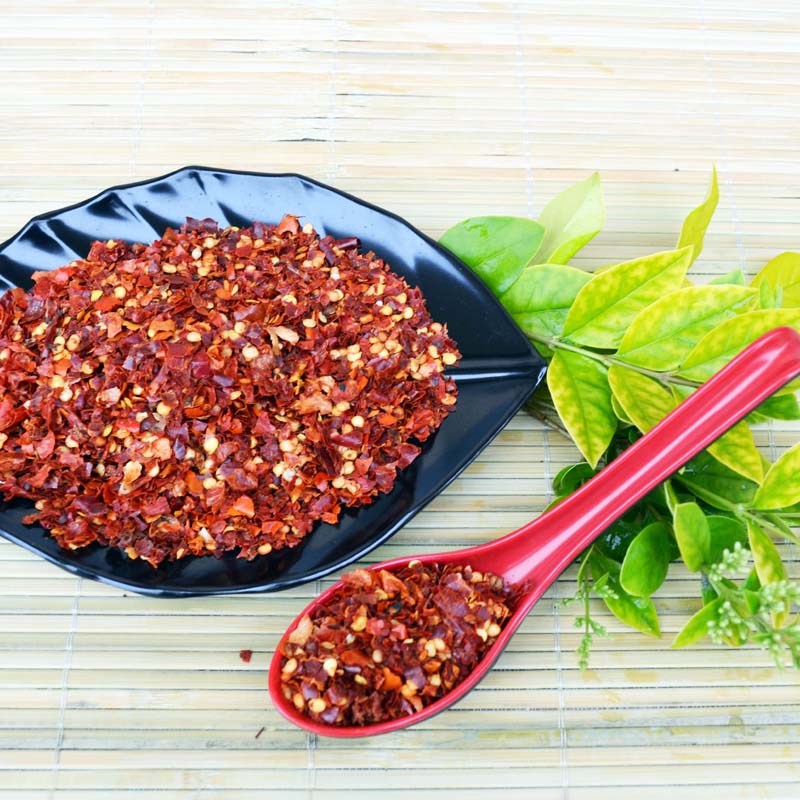- No. 268 Xianghe Street, Economic Development Zone of Xingtai city, Hebei 054001 China
- Byron@hbhongri.cn
Oleoresin Capsicum vs Pepper Spray | Understanding the Differences
Oleoresin Capsicum vs. Pepper Spray Understanding the Differences and Applications
When it comes to self-defense and personal safety, pepper spray has become a widely recognized option. However, many people are not familiar with the term oleoresin capsicum (OC), which is the active component found in pepper spray. Understanding the distinction between oleoresin capsicum and pepper spray is essential for making informed choices in self-defense products.
What is Oleoresin Capsicum?
Oleoresin capsicum is a natural extract derived from hot peppers, specifically the Capsicum genus, which includes varieties like cayenne and habanero peppers. It is a concentrated oil that contains capsaicin, the compound responsible for the heat in peppers. Capsaicin acts as an irritant, causing a burning sensation when it comes into contact with skin or mucous membranes. This property makes oleoresin capsicum a potent ingredient in self-defense sprays, offering an effective means of incapacitating an attacker temporarily.
What is Pepper Spray?
Pepper spray is a self-defense tool that contains oleoresin capsicum as its primary active ingredient. Usually packaged in small canisters for easy carry, pepper spray disperses a fine mist or stream containing OC when the trigger mechanism is activated. The formula may also include other ingredients, such as propellants or additional irritants, to enhance its effectiveness. The primary intended use of pepper spray is to create an immediate, inflaming reaction in potential aggressors, providing an opportunity for the intended victim to escape.
oleoresin capsicum vs pepper spray

Key Differences
While oleoresin capsicum is the foundational component of pepper spray, understanding their differences is crucial. Firstly, oleoresin capsicum can be found in various concentrations ranging from low-grade formulations used in food products to highly concentrated versions used for self-defense. In contrast, pepper spray is a product formulated specifically for defense purposes, often with a particular focus on how the OC interacts with the user and the environment.
Another significant difference lies in their legal regulations. The legality of carrying pepper spray varies by country and jurisdiction, with some places imposing restrictions on the strength and size of the canisters. Oleoresin capsicum, on the other hand, rarely encounters the same level of regulation, as it is commonly associated with culinary uses. This dichotomy illustrates why potential users should ensure they are informed of the laws governing the possession and use of pepper spray in their area.
Applications and Effectiveness
The effectiveness of oleoresin capsicum in incapacitating an attacker is well-documented. When sprayed in the face of an assailant, it causes temporary blindness, intense burning sensations, coughing, and difficulty breathing. This can buy the victim crucial seconds to escape or seek help. Additionally, because OC is derived from natural sources, it is generally considered safe and less likely to cause permanent harm compared to some other defensive chemicals.
In conclusion, while oleoresin capsicum and pepper spray are intricately related, they serve different purposes and roles in self-defense strategies. Understanding their composition, legality, and effectiveness is essential for those considering carrying pepper spray as a tool for personal safety. Ultimately, knowledge and preparedness are key elements in the journey toward ensuring one's safety in unpredictable situations.
-
Turmeric Rhizome Powder: A Golden Treasure from Roots to TableNewsJul.28,2025
-
The Versatile Application Of Crushed Red Hot Peppers: Lighting Up The Red Flames On The Dining TableNewsJul.28,2025
-
The Paprika: A Touch Of Vibrant Red In Color, Flavor, And CultureNewsJul.28,2025
-
Ground Turmeric: A Modern Examination of an Ancient SpiceNewsJul.28,2025
-
Capsicum Liquid Extract: Features, Applications, and ChallengesNewsJul.28,2025
-
Application of Capsicum Liquid Extract in FoodNewsJul.28,2025







